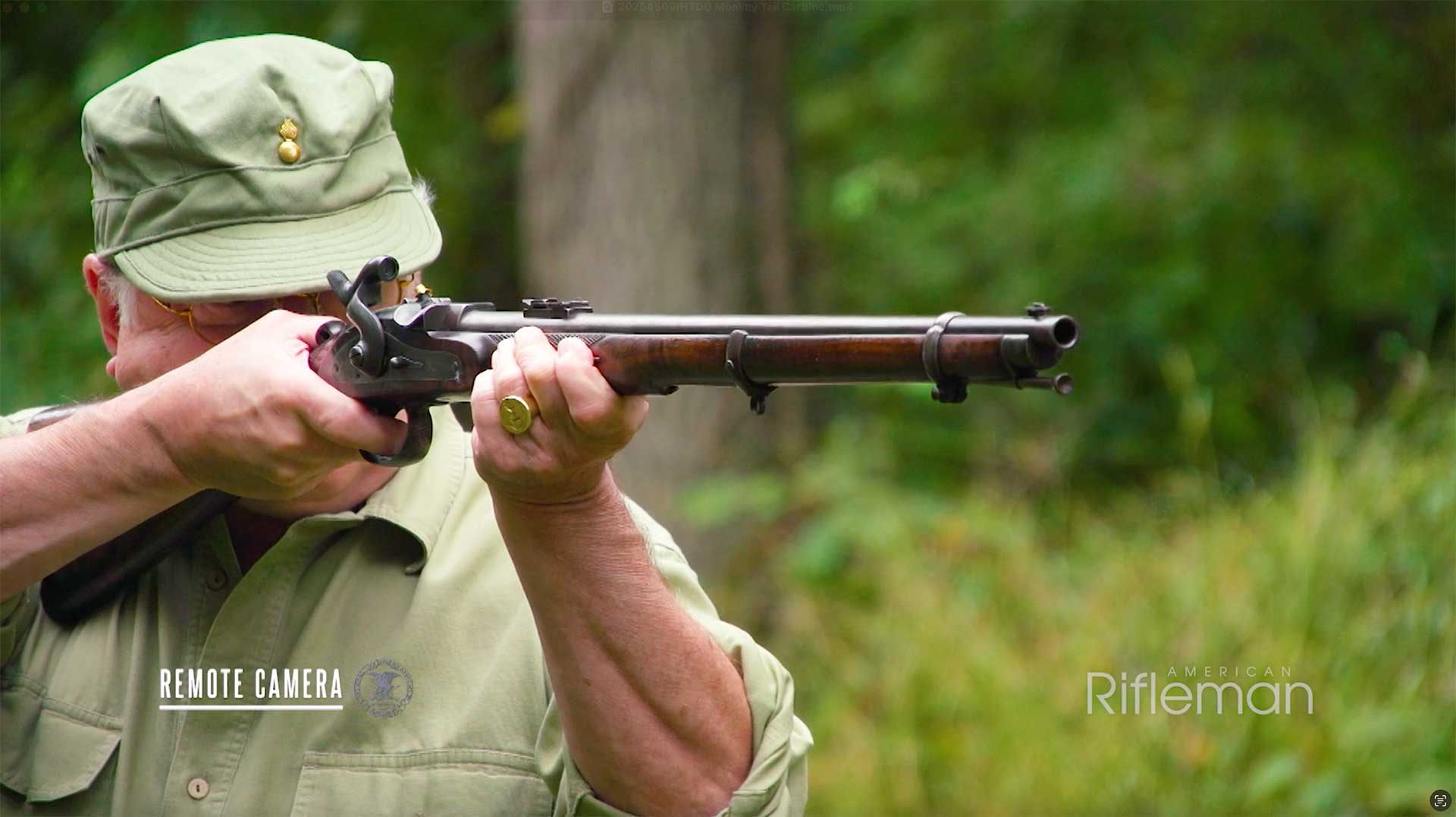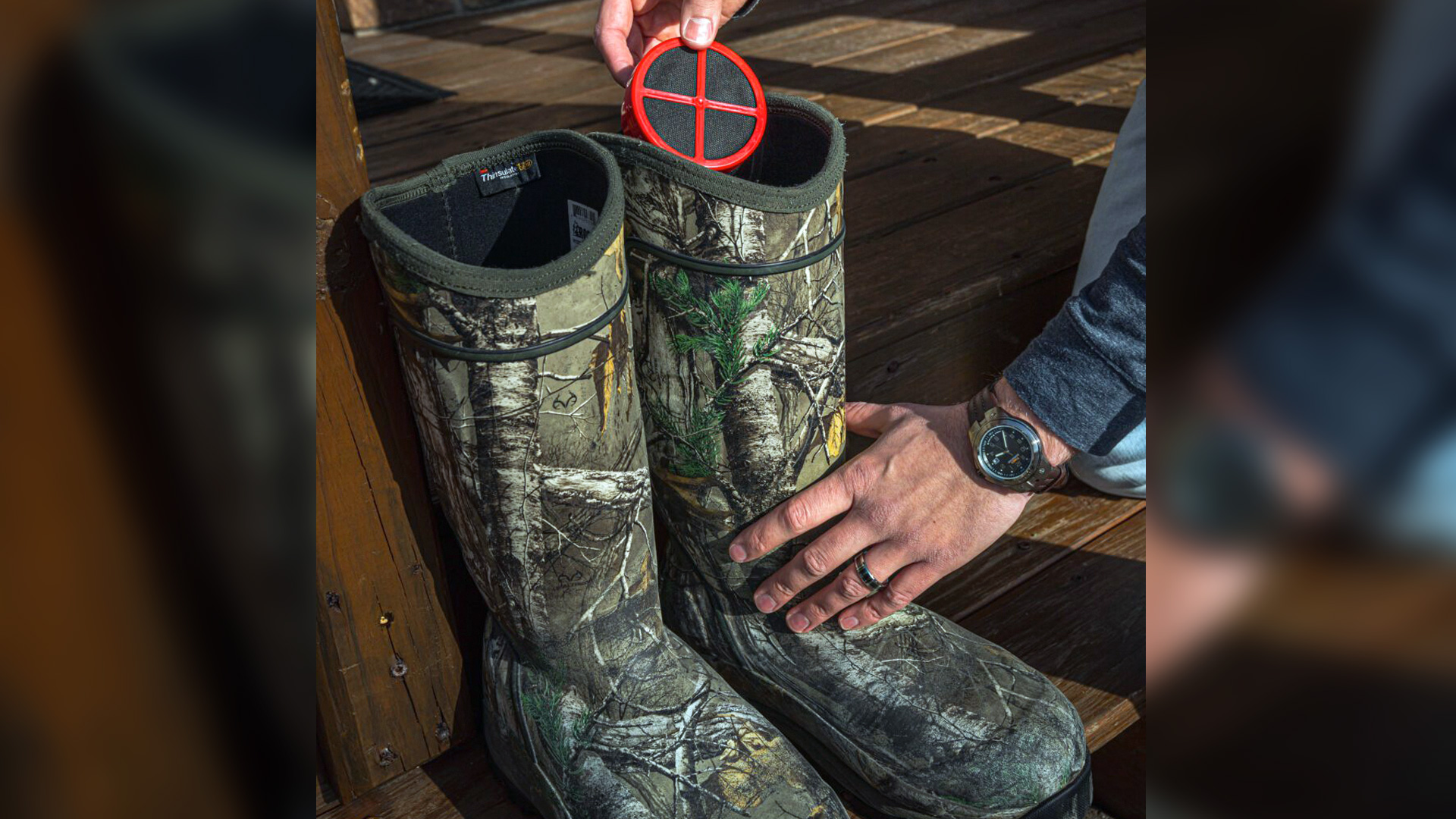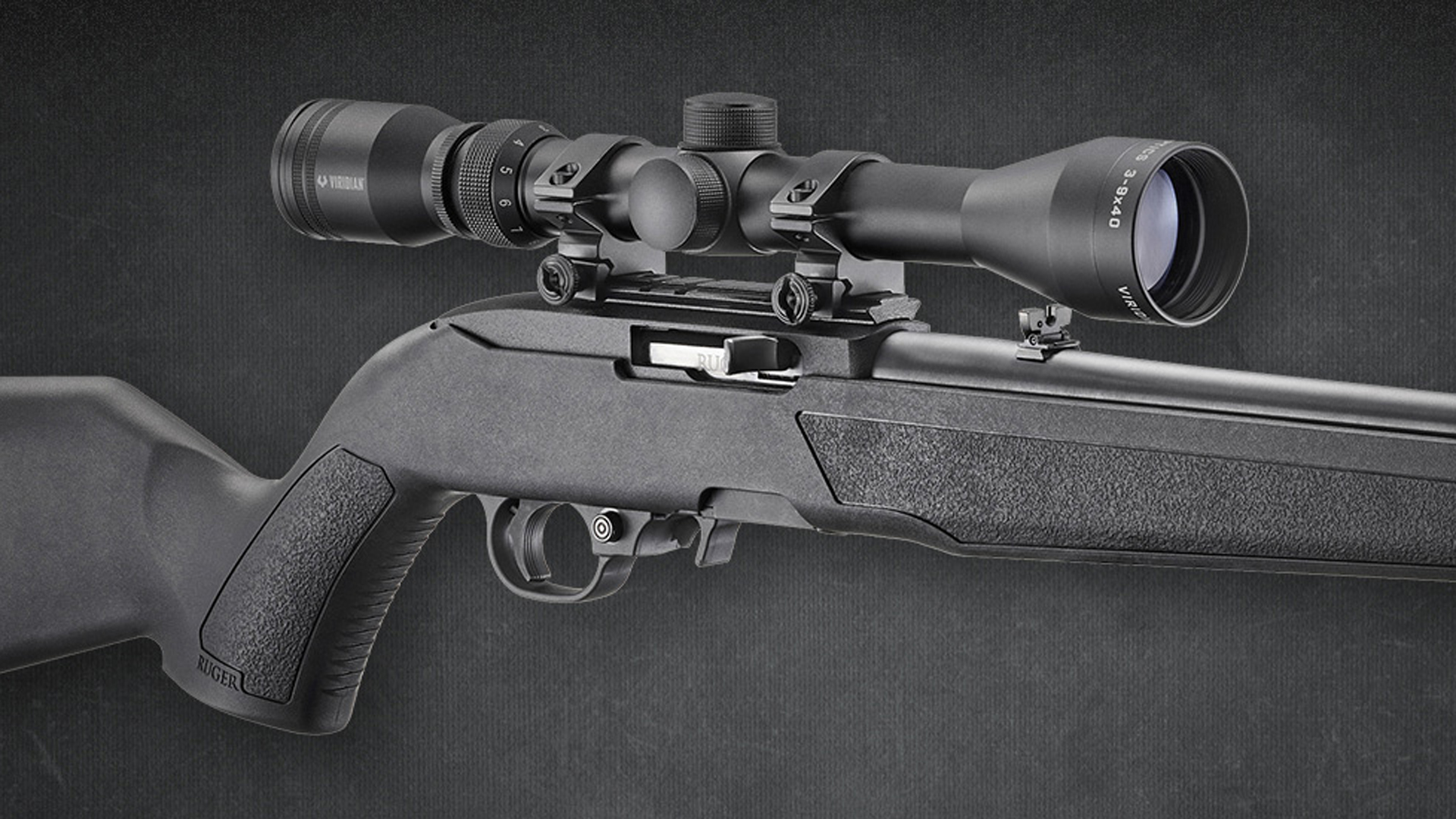
While newscasts make the difficulties on our southern border seem like a modern problem, the relationship between Mexico and the United States has frequently been strained. A little more than a century ago, it became downright combative.
On the night of April 9, 1914, a group of nine American sailors from the gunboat Dolphin were ashore at Tampico, Tamaulipas, Mexico, to collect fuel supplies. In the midst of the Mexican Revolution, Tampico was besieged by Constitutionalist forces. Tensions were high as the Mexican Federal troops found the unarmed U.S. sailors loading fuel drums into a whale boat. The Mexican troops could not speak English. The American sailors could not speak Spanish. The situation escalated, and the Americans were taken prisoner at gunpoint and marched to a local police station.
Although the sailors were quickly identified and released, their commander was outraged. Rear Admiral Henry Mayo demanded a formal apology, as well as a 21-gun salute, from the Mexicans. General Huerta, the Mexican president, refused. After the “Tampico Affair”, Mexican-American relations became rather prickly. And then they got worse.
President Woodrow Wilson directed the U.S. Navy to prepare to occupy the Mexican port of Veracruz. While this potential action was being discussed in Congress, the Wilson administration received information that a German-registered cargo vessel, carrying a belly full of arms, was on its way to Mexico and the forces of President Huerta. President Wilson ordered that the Customs Building in Veracruz be occupied and the shipment seized.
Early Machine Gun: Marines and Bluejackets came ashore at Veracruz with a number of M1895 Colt-Browning machine guns. The “potato digger” was the first successful gas-operated machine gun in service. First used by U.S. forces in the Spanish-American War, the M1895s that went ashore at Veracruz were chambered in 6 mm Lee Navy and brought from Navy ships’ armories. The M1895 fires from a closed bolt, and features a cyclic rate of approximately 450 rounds per minute.
Squad automatic: Leathernecks pose with a Benét–Mercié Machine Rifle, Caliber .30 U.S. Model of 1909. The 26 1/2 –lb. Benét–Mercié used 30-round feed strips, and had a cyclic rate of approximately 600 rounds per minute. 
Bluejackets ashore in Veracruz with the .30-cal. M1903 rifle and the 6 mm Lee Navy M1895 machine gun.
Just before noon on April 21, 1914, more than 500 Marines and 200 Bluejackets (armed sailors) of the U.S. Atlantic Fleet began landing on the Veracruz waterfront. They met no resistance coming ashore, and most of the Mexican military units quickly retreated. However, the young cadets at the Veracruz Naval Academy decided to fight. Approximately 200 men from the Mexican army also opted to stay and oppose the occupation. A group of civilians were armed for the fight as well.
Every man a rifleman: M1903 Springfield rifle-armed Marines enter Veracruz.
U.S. Navy Bluejackets in combat on the streets of Veracruz.
Objectives achieved, the Bluejackets spent a brief period of occupation duty in Veracruz.
Within an hour, as the Marines approached the Veracruz railroad terminal, gunfire erupted. The fight was on. By mid-afternoon, with casualties on both sides, American forces had taken all their initial objectives. Admiral Fletcher looked to negotiate a cease-fire, but there were no Mexican authorities available to organize it. That evening, it was decided that the safest course of action was to occupy all of Veracruz. American reinforcements arrived from Panama about midnight. On the morning of April 22, the advance began again.
U.S. sailors get in some small arms practice with M1903 rifles and M1895 machine guns during the run in to Veracruz, April 1914.
The Veracruz Naval Academy was blasted open by American naval gunfire. Here a Bluejacket “menaces” local residents with his M1903 rifle and 16” M1905 bayonet.
Street-fighting Leatherneck: A Marine marksman engaging Mexican snipers in the battle for Veracruz.
When resistance was encountered, the Marines called in naval gunfire support. American battleships in the harbor blasted the Mexican cadets out of their naval academy, and hammered a few partisan strongpoints into submission. Street-fighting and sniping became regular events, and the Leathernecks and Bluejackets mopped up pockets of resistance. By the end of the day on April 24, the fighting was over. American losses totaled 22 dead and 70 wounded. Mexican troops (regulars, cadets and militia combined) suffered more than 300 killed and 250 wounded. Civilian casualties were not recorded.
Old Glory flies over Veracruz during April 1914.
In his book A Marine Tells It to You (1929), Colonel Frederick May Wise describes the first day of fighting in Veracruz:
“Each company of us was allotted a city block with orders to comb it from the water front straight through to the inland edge of the town, disarming all Mexicans we found, confiscating all arms. When one block was finished we were to wait until each company had cleaned up its block, and then advance all together on the next block. We started. We found the blocks were built solid. Walls flush with the streets. Patios inside. Flat roofs. We started with the first house. The heavy wooden doors were locked and barred. Marines with sledge-hammers were ready. We smashed the doors and went in. Not a shot was fired at us. We never found an armed Mexican. We did find a few old rifles and pistols. We picked them up and went along. It took us most of the afternoon.”
M1911-armed Bluejacket searching Mexicans for weapons in Veracruz.
Extreme vetting: Marines search locals for contraband on the outskirts of Veracruz.
Navy men in Veracruz conducting house-to-house searches for contraband. The “Jackie” at right carries an odd gun, possibly a Bannerman-Spencer Model 1896 12-ga. shotgun (with a 30” Damascus barrel). The shotgun and ammunition bandolier were probably confiscated during an earlier search.
Colonel Wise then details the actions of the Marines’ first night in Veracruz:
“Orders came that we were to patrol a certain number of city blocks that night. The patrols went out. Our sailors continued to roam the town, shooting at everything they saw moving. One Marine corporal was killed that night. Next morning our patrols reported that it had been a very dangerous job, as the sailors shot first and looked afterwards.”
Outside Veracruz: Marines wait for a Mexican counterattack that never materialized. Note the Springfield rifles with the M1905 pattern sight with protective covers.
Finally, Col. Wise provides an overview of the sad and confused aftermath of the Veracruz operation:
“With the arrival of that third regiment of Marines and the Army, the sailors went back on their ships. Vera Cruz then was quiet. But the city had been one big Fourth of July celebration while they stayed ashore.
“We learned that most of the American casualties were due to wild shooting by our own people. I heard that doctors in the hospital said that of the nineteen Americans killed at Vera Cruz, thirteen deaths were due to accidental shootings by Americans. I heard of one case where a sailor was breaking in a door with the butt of his rifle, the sear slipped, and another sailor back of him was killed when the rifle went off.
“Those sailors had patrolled the streets in Navy uniforms that once had been white, but had been dyed brown by dipping them in cauldrons of black coffee just before they landed, to make them less conspicuous targets. If ever an outfit shot up a town, they did Vera Cruz. I heard a lot of shooting there, but never a shot I knew was Mexican.”
Mexican Federal troops escorting prisoners out of Veracruz. They carry the 7 mm Mexican Mauser Model 1902. It appears that the soldier at right has little concern about gun safety.
“Federales” with a convict from the Veracruz prison.
Throughout much of South America, reactions to the Veracruz landings turned into violent, anti-American riots. Mexico expelled all U.S. citizens from its territory, and this large exodus created burgeoning refugee camps in New Orleans, San Diego and Texas City. Tensions remained high, and on March 9, 1916, Pancho Villa and his men attacked the small community of Columbus, N.M. Villa’s raiders were fought off and chased back into Mexico. Immediately afterwards, America responded by sending 10,000 troops led by Gen. John “Black Jack” Pershing on the so-called “Mexican Punitive Expedition.” American troops stayed active in Mexico until January 1917, when they were withdrawn in anticipation of war with Germany. The “hot border” slowly cooled back down with American attention focused on Europe.
The sanitation team of the dreadnought battleship U.S.S. Michigan ashore at Veracruz. Note their M1903 rifles and newly-issued M1911 pistols. 
Bluejackets engage Mexican snipers with an M1895 Colt-Browning machine gun. Note the man in the foreground with an M1911 pistol.
The landings at Veracruz saw the early combat use of several American small arms that would become famous during World War I, including the M1911 pistol and the M1903 rifle. The M1895 Colt-Browning machine gun, the venerable “potato digger”, would also see action at Veracruz, but would not join U.S. troops in action in Europe.





































